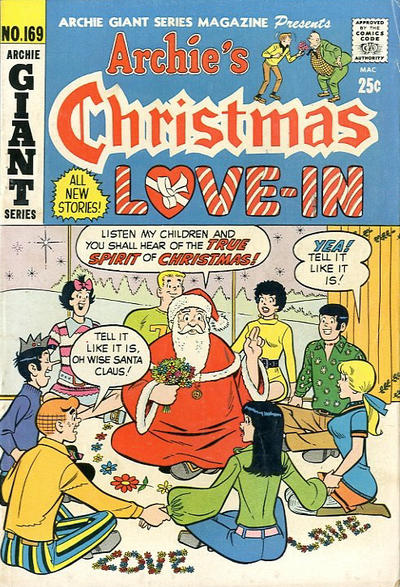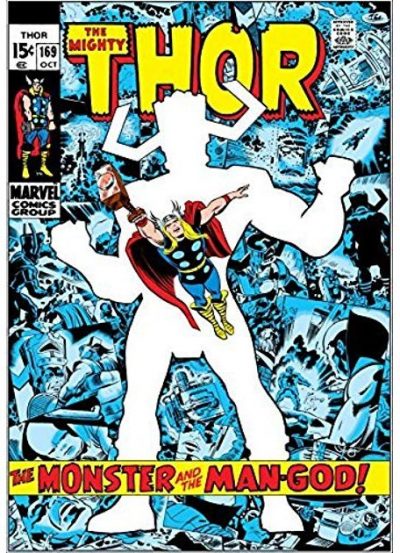
Flash #203 (February, 1971)
When I originally started buying comic books back in 1965, The Flash was one of the first titles I picked up; over the next couple of years, it was one of my most regular purchases. But my interest in the title fell off sharply following the end of Carmine Infantino’s tenure as penciller, and as of December, 1970, I hadn’t bought an issue of the Scarlet Speedster’s own title in over two years. I still liked the character, and enjoyed reading about him in Justice League of America and elsewhere (I’d especially relished seeing him win his third race with Superman in World’s Finest #199, published just a couple of months previously), but his solo series had lost its appeal for me.
Until Flash #203 hit the spinner rack — and its stunning Neal Adams-Jack Adler cover grabbed me by the eyeballs, not letting me go until after I’d plunked my fifteen cents down on the Tote-Sum counter and taken that bad boy home. Read More






